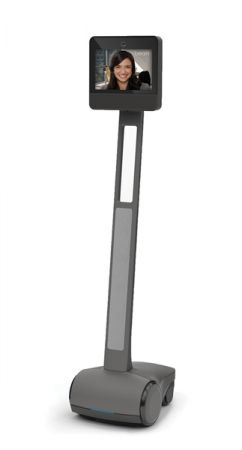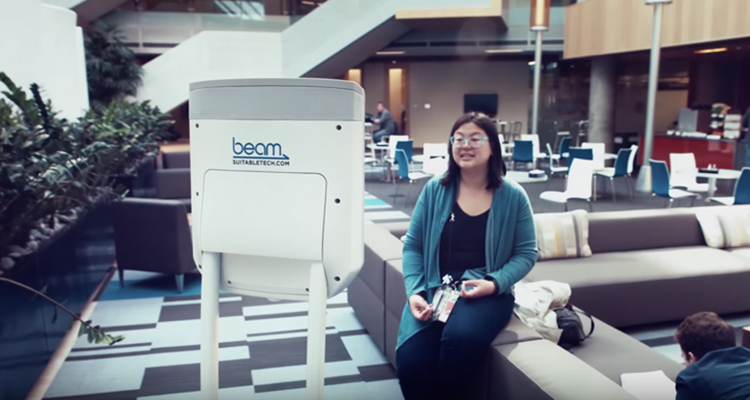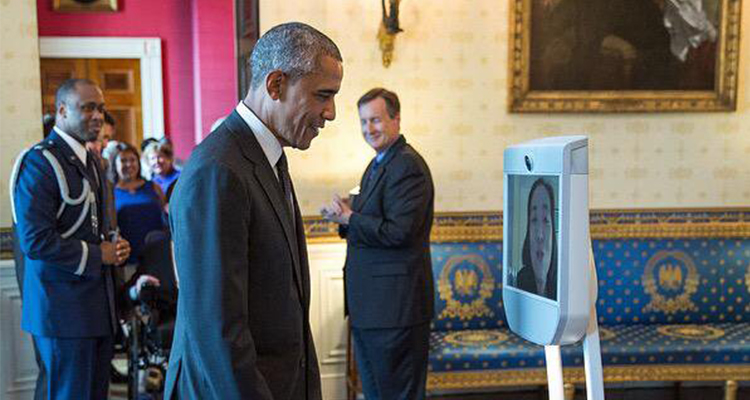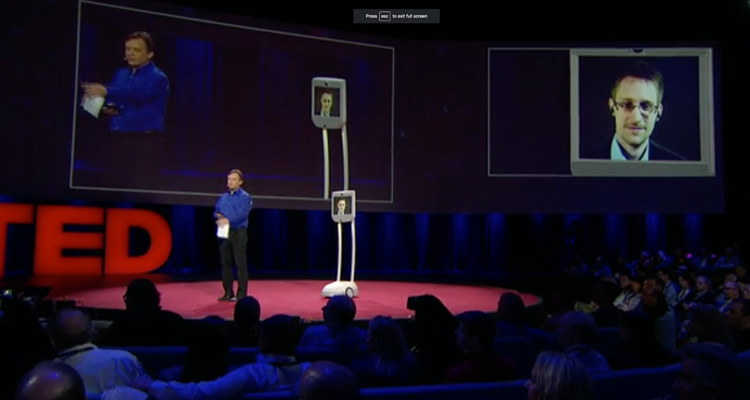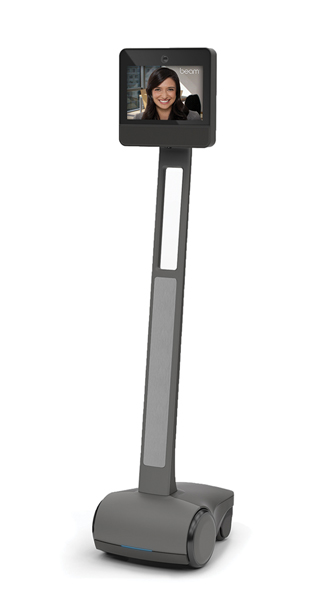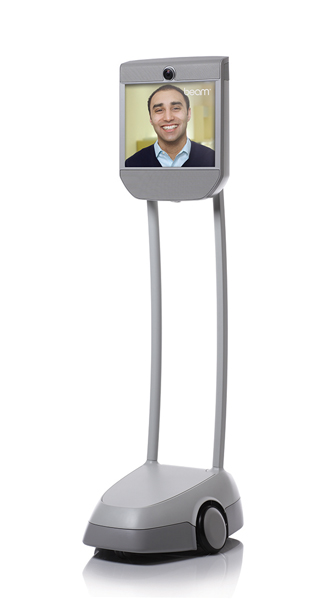Robotics is a close companion to telepresence technology, and we love keeping tabs on how it’s also moving society forward in surprisingly human ways. Here are three innovations that captured our attention and imagination this summer.
Working Together
Perhaps the ultimate bonding experience with a robot is the one you create yourself. MIT’s Computer Science and Artificial Intelligence Laboratory wants to give that ability to beginners, so it has developed Robogami – think origami for robots – to allow novices to fashion a robotic design in minutes and put it together in a few hours.
It starts with mixing and matching parts from a catalog on a computer, then defining the torso and the way it moves. Need expert advice? The program can simulate your robot’s movements on screen to see if the design works, and it can make suggestions if you get stuck. When you’re happy with your creation, you print the robot’s parts as flat, foldable components – hence the Robogami mashup. Welcome to robots on demand.
Taking a Walk
While robots are getting out more on their own, they’re also being used to help humans find their stride. University of Houston researchers have developed a brain-computer interface, which, when supplemented with a virtual walking avatar, can control gait. The researchers hope the protocol will someday help patients recovering from a stroke, spinal cord injuries, and other disabilities to walk again.
Researchers demonstrated that a brain-machine interface can promote and enhance cortical involvement during walking. Using brain monitoring, they determined which parts of the brain were involved in an activity and created an algorithm from the data to then translate the subject’s intentions into actions.
Imperfect by Design
Robotic technology isn’t only making strides in the manufacturing and medical worlds, it’s also hitting home more and more. Cornell University’s creative robot designer Guy Hoffman envisions a more warm and fuzzy approach to robotic design. Hoffman’s lab and Google ZOO are collaborating on a robot called Blossom, constructed of wool and wood – warm, natural materials that allow designers to make each one just a little bit different.
Blossom is supposed to be soft inside and outside with a compliant internal structure that enables movements unique to a particular unit. Think of it as a way to give a robot personality, flaws and all. After all, it’s much easier to bond with beings that aren’t perfect.


